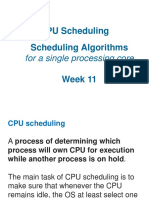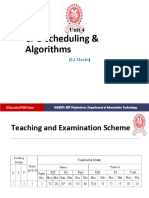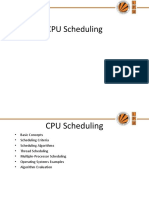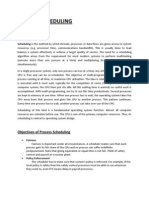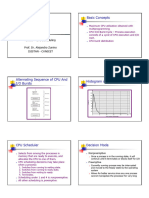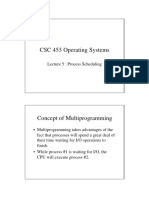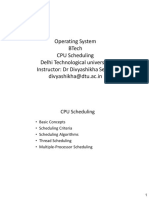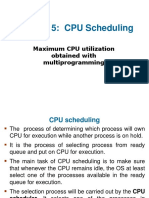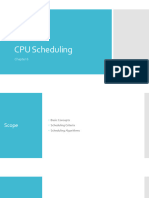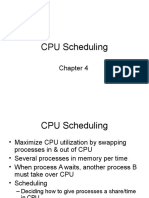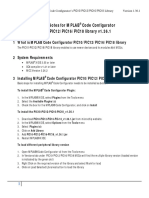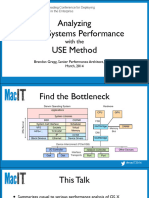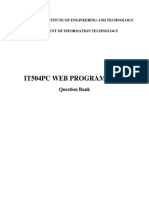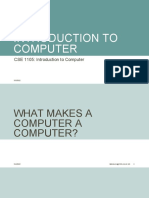0% found this document useful (0 votes)
18 views7 pagesScheduling Algorithm
The document provides an overview of CPU scheduling in operating systems, detailing its importance in managing CPU resources efficiently in multitasking environments. It discusses various scheduling algorithms, including First Come First Serve (FCFS), Shortest Job First (SJF), Priority Scheduling, and Round Robin, highlighting their characteristics, advantages, and disadvantages. The conclusion emphasizes the significance of selecting the appropriate scheduling algorithm to enhance system performance and fairness.
Uploaded by
shahilshaikh5718Copyright
© © All Rights Reserved
We take content rights seriously. If you suspect this is your content, claim it here.
Available Formats
Download as PDF, TXT or read online on Scribd
0% found this document useful (0 votes)
18 views7 pagesScheduling Algorithm
The document provides an overview of CPU scheduling in operating systems, detailing its importance in managing CPU resources efficiently in multitasking environments. It discusses various scheduling algorithms, including First Come First Serve (FCFS), Shortest Job First (SJF), Priority Scheduling, and Round Robin, highlighting their characteristics, advantages, and disadvantages. The conclusion emphasizes the significance of selecting the appropriate scheduling algorithm to enhance system performance and fairness.
Uploaded by
shahilshaikh5718Copyright
© © All Rights Reserved
We take content rights seriously. If you suspect this is your content, claim it here.
Available Formats
Download as PDF, TXT or read online on Scribd
/ 7

